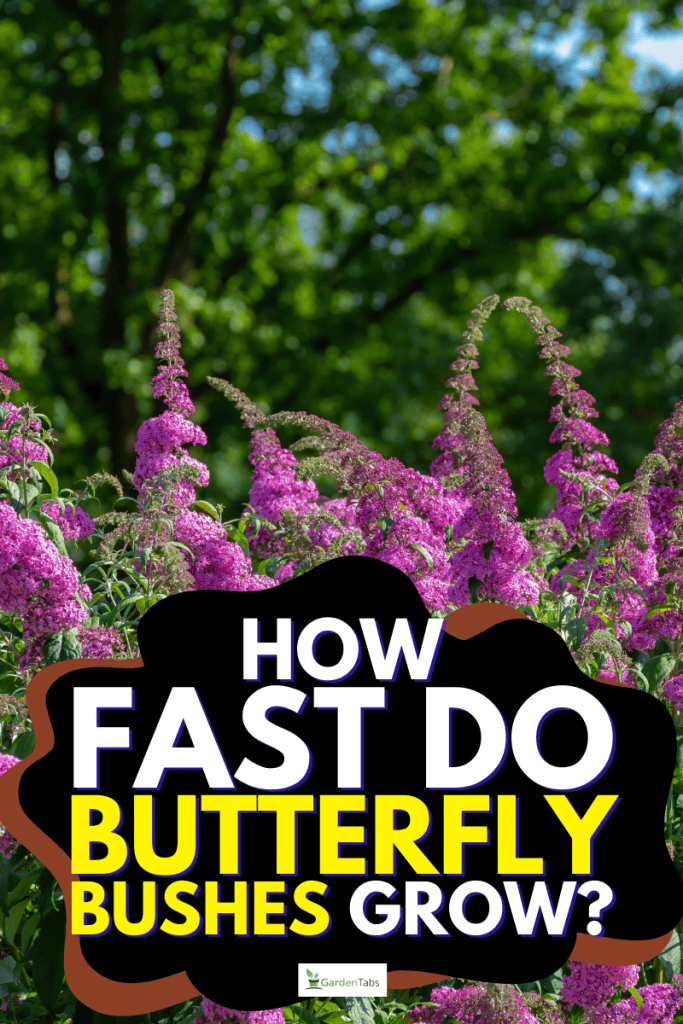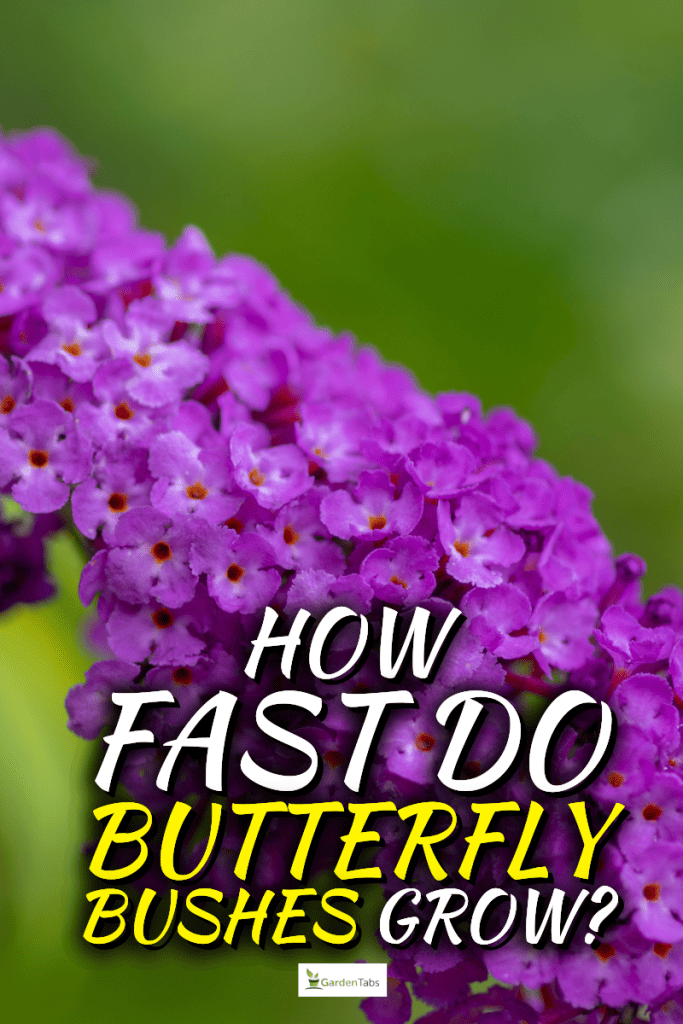If you are thinking of bushes for your garden, butterfly bushes are a great addition. The butterfly bushes are also known for their fast growth, but just how fast do they really grow? Fortunately, we did research on the background of butterfly bushes.
Butterfly bushes are a fast-growing species of plant, typically growing 24 inches per year. This rapid growth rate is one of the reasons why butterfly bushes are so popular among gardeners.
While butterfly bushes can be an asset to any gardener, it is important to note that they can also spread quickly and become invasive if not properly controlled.
This blog post will answer that question and more! Keep reading to learn everything you need to know about butterfly bushes.
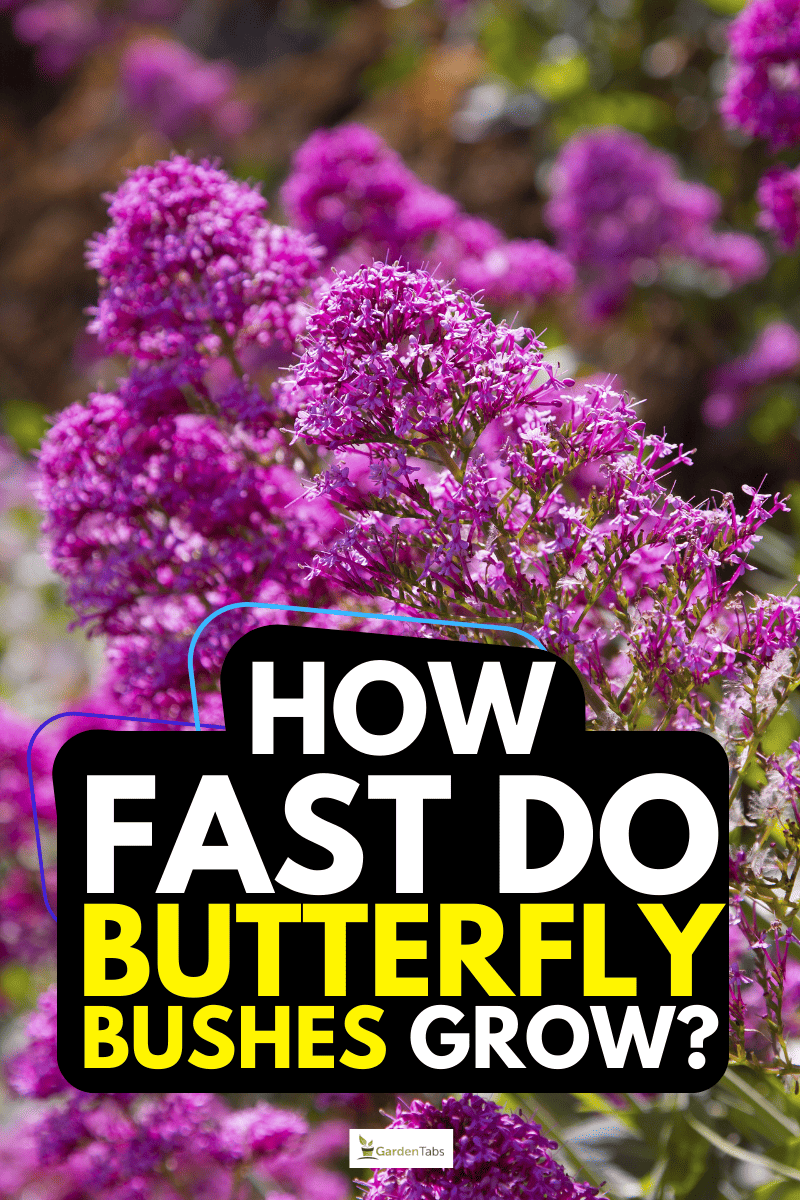
What are Butterfly Bushes?
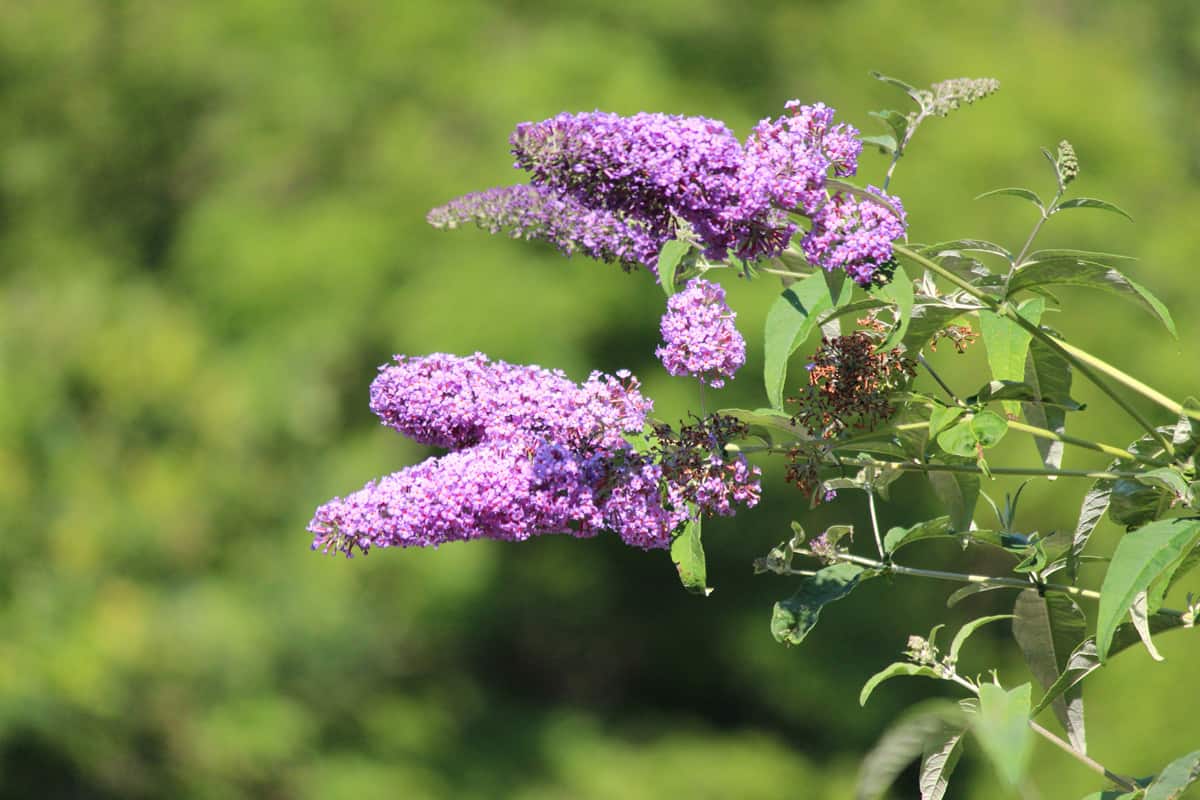
Butterfly bushes are a type of shrub that is known for their ability to attract butterflies. The flowers are typically purple, pink, or white, and they have a sweet scent that is irresistible to many types of butterflies.
In addition to being a beautiful addition to any garden, butterfly bushes are also easy to care for, making them a popular choice among gardeners. While they can be grown in most regions of the United States, they are especially common in the southern states.
If you're looking for a way to add some beauty and charm to your garden, consider planting a butterfly bush.
How Fast Do Butterfly Bushes Grow?
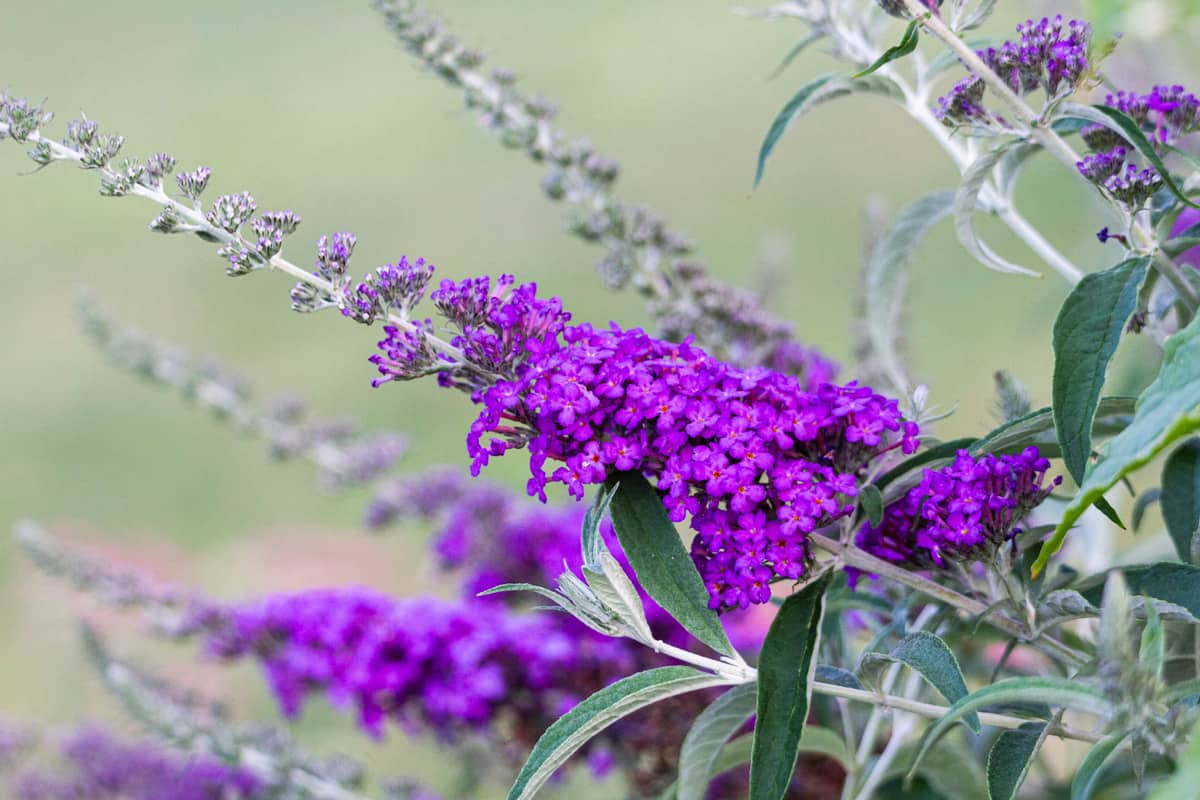
Many people are surprised to learn that butterfly bushes (Buddleja davidii) can actually grow quite rapidly. In fact, given the right conditions, these plants can easily add more than 24 inches of new growth each year.
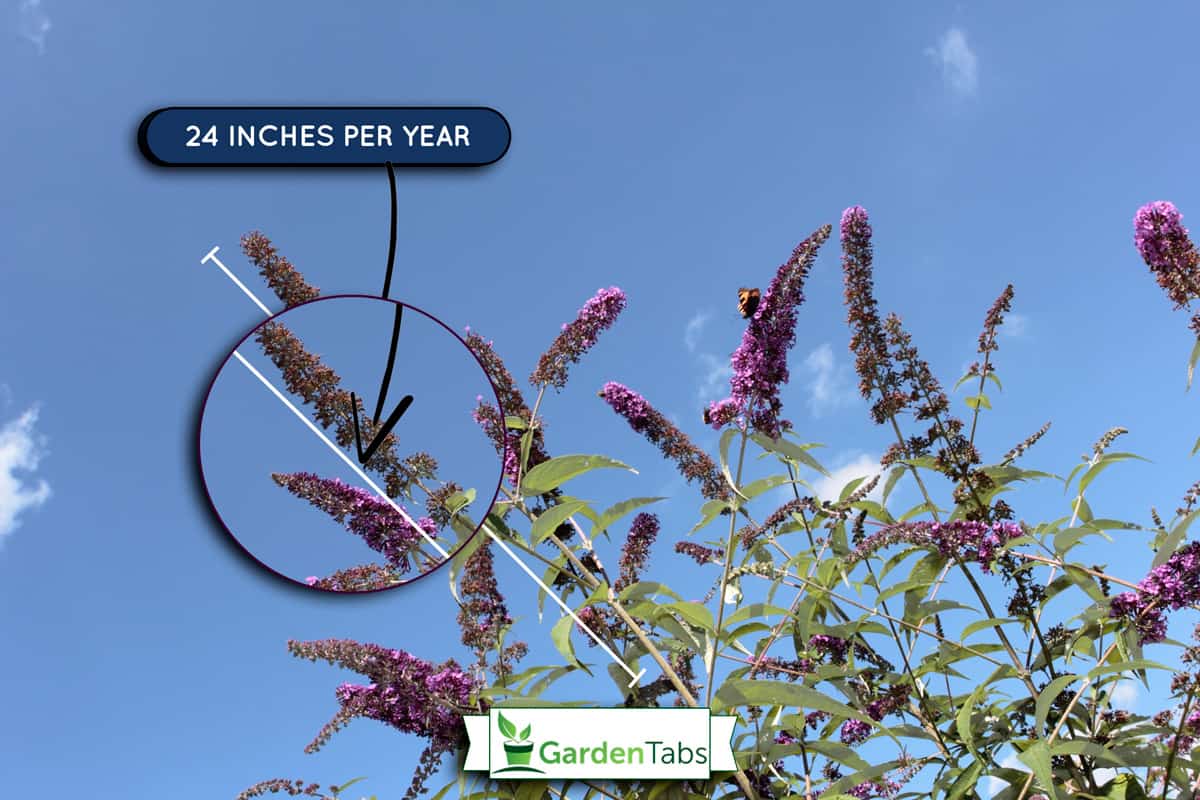
This rapid growth rate is one of the reasons why butterfly bushes are so popular with gardeners. They provide an instant burst of color and can quickly fill in empty spaces in the garden.
However, it is important to note that butterfly bushes are not always well-suited to small gardens. Because they can grow so rapidly, they can easily overwhelm other plants and crowd out smaller perennials.
For this reason, carefully considering your garden's size and scale before planting a butterfly bush is important.
Where’s the Best Place to Plant a Butterfly Bush?
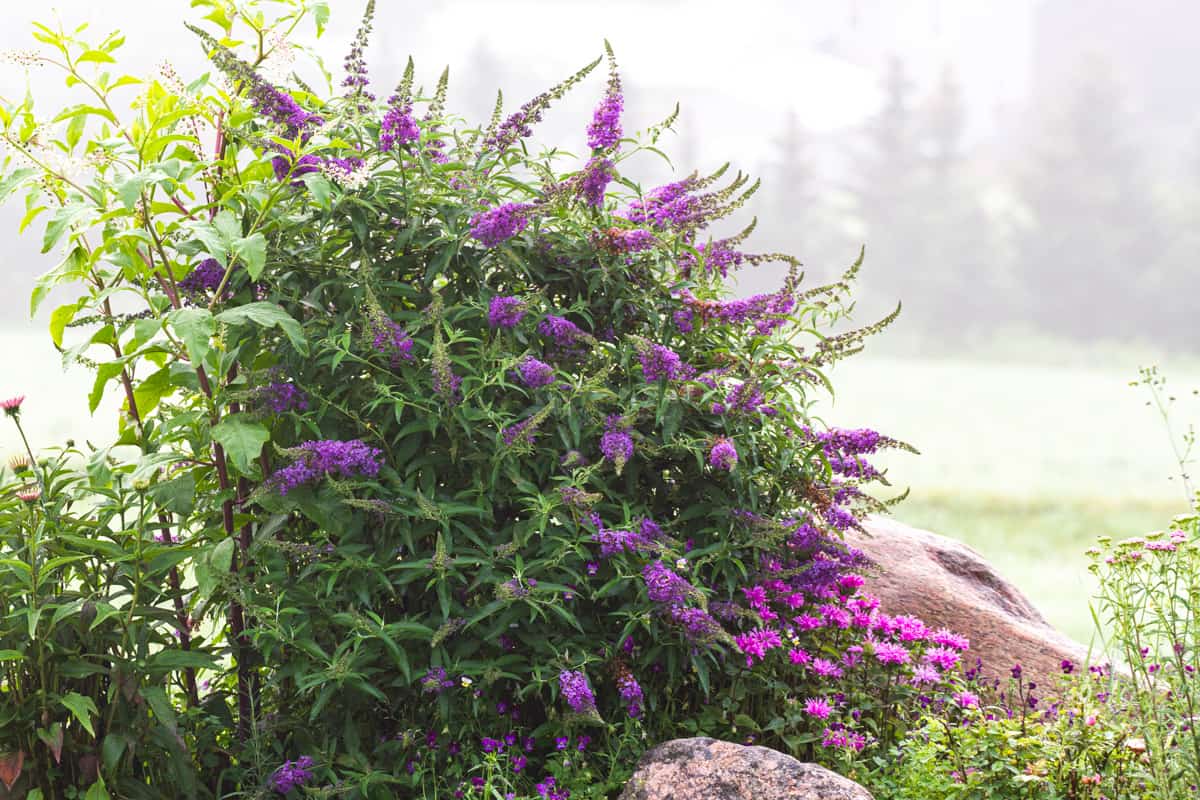
The best place to plant a butterfly bush is in a sunny location with well-drained soil. This tough and easy-to-grow shrub tolerates a wide range of conditions, but it will perform best in a sunny spot with moist, fertile soil.
If you are planting more than one butterfly bush, space the plants 3 to 5 feet apart to allow for adequate air circulation and to prevent the plants from becoming overcrowded. When choosing a location for your butterfly bush, keep in mind that this shrub can grow up to 6 feet tall and 8 feet wide, so give it plenty of room to spread out.
With its showy blooms and sweet fragrance, the butterfly bush is sure to add beauty and interest to your garden. So find a spot that gets plenty of sun and get ready to enjoy an abundance of butterflies!
When Is the Best Time to Plant a Butterfly Bush?
For gardeners in many parts of the country, the best time to plant a butterfly bush is in early spring or fall. This gives the plant plenty of time to become established before the hot summer sun arrives.
In cooler climates, you can plant butterfly bushes in late spring or early summer. However, it's important to keep an eye on the weather and make sure that the plant has enough time to establish itself before winter sets in.
With proper care and attention, a butterfly bush can provide years of enjoyment for both you and the local wildlife.
What Is the Best Way to Care for a Butterfly Bush?

The butterfly bush is a fast-growing shrub that is prized for its ability to attract butterflies. However, the plant can be invasive in some areas, so it's important to choose a sterile variety and provide good care. Here are five ways to get the most out of your butterfly bush:
1. Plant in Full Sun
Butterfly bushes need at least six hours of direct sunlight each day in order to bloom well.
2. Prune Regularly
Annual pruning will help to keep the plant from getting too large and also encourage more blooming.
Get a pruning shear on Amazon.
3. Fertilize Monthly
Use a balanced fertilizer such as 10-10-10 or 20-20-20, and be sure to follow the manufacturer's directions.
4. Provide Supplental Water During Dry Periods
The plant will need extra water if it is not receiving enough rainfall.
5. Watch for Pests and Diseases
Aphids, scale, and powdery mildew can all be problems for butterfly bushes. Treating the plants with an organic insecticide or fungicide will help to keep these problems under control.
By following these simple tips, you can enjoy beautiful blooms on your butterfly bush all season.
What Are Some Common Problems with Butterfly Bushes?

Although butterfly bushes are beautiful and can add a lot of visual interest to a garden, they are not without their problems.
- One common issue is that they can become invasive, crowding out other plants and taking over an area.
- They spread rapidly through underground runners, and their seeds are easily dispersed by birds. As a result, they can quickly take over a garden, crowding out other plants.
- They are attractive to deer. The deer love to munch on the leaves, buds, and flowers, causing extensive damage.
- They are not very drought tolerant and will often require regular watering, especially during hot summer months.
- Butterfly bushes are susceptible to a number of diseases, including powdery mildew and leaf spot. These diseases can cause the leaves to turn brown and drop off prematurely.
- Additionally, butterfly bushes are susceptible to a variety of pests, including aphids, Japanese beetles, and scale insects.
While it is possible to control these pests with insecticides, it is often best to simply avoid planting butterfly bushes in areas where they are likely to become a problem.
How Long Do Butterfly Bushes Last?
Butterfly bushes are a type of shrub that can provide cheerful blooms for many years with the proper care. While they are sometimes seen as a short-lived plant, with the right conditions they can thrive for up to 30 years.
While they are not entirely bulletproof, they are less likely to succumb to problems than other types of plants. With proper care, a butterfly bush can be a beautiful and long-lasting addition to any garden.
What Are Some of the Benefits of Growing a Butterfly Bush?
Few plants can match the beauty of a butterfly bush in full bloom. This fast-growing shrub is covered in clusters of long, showy flowers that attract bees, butterflies, and other pollinators. In addition to its striking blooms, the butterfly bush also has a number of other benefits.
- For starters, it is relatively drought-tolerant and low-maintenance, making it a good choice for busy gardeners.
- It also responds well to pruning, so you can shape it into a hedge or topiary if you wish.
- Moreover, the flowers are highly fragrant, filling the air with a sweet honey-like scent.
- By attracting bees and other pollinators, they help to promote cross-pollination and ensure the reproductive success of other plants.
- They also provide food and shelter for a variety of creatures, including birds, lizards, and snakes.
Given all these advantages, it's no wonder that the butterfly bush is one of the most popular plants in the world.
What Should I Plant Next to the Butterfly Bush?
The butterfly bush (Buddleja davidii) is a popular choice for anyone looking to attract butterflies to their garden. But what should you plant next to it? A number of different plants can complement the butterfly bush, but some are better than others at attracting wildlife.
Verbena bonariensis, for example, is a tall and slender plant that produces clusters of purple flowers. The nectar-rich blooms are a favorite of butterflies, and the plant itself provides a valuable source of food for caterpillars.
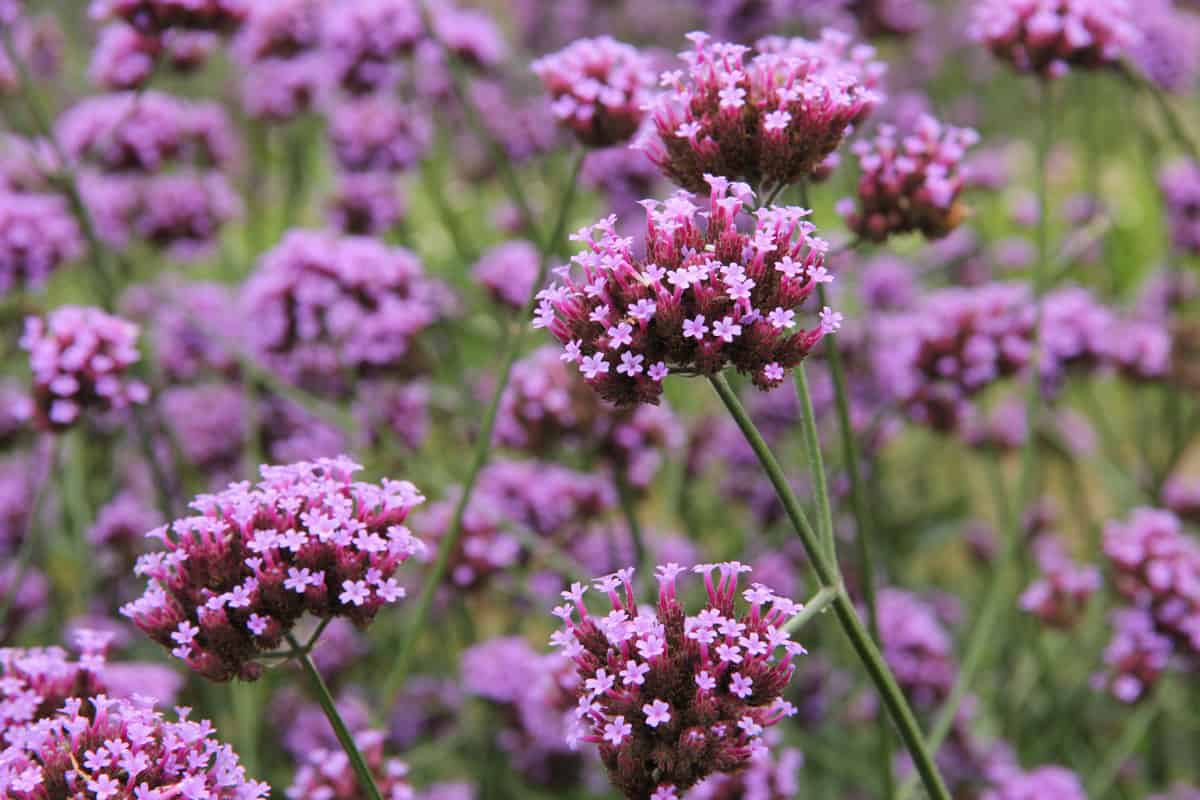
Pineapple sage (Salvia elegans), meanwhile, is a fragrant herb that produces showy red blooms. The flowers are especially attractive to hummingbirds, but they also provide a tasty treat for any passing butterflies.
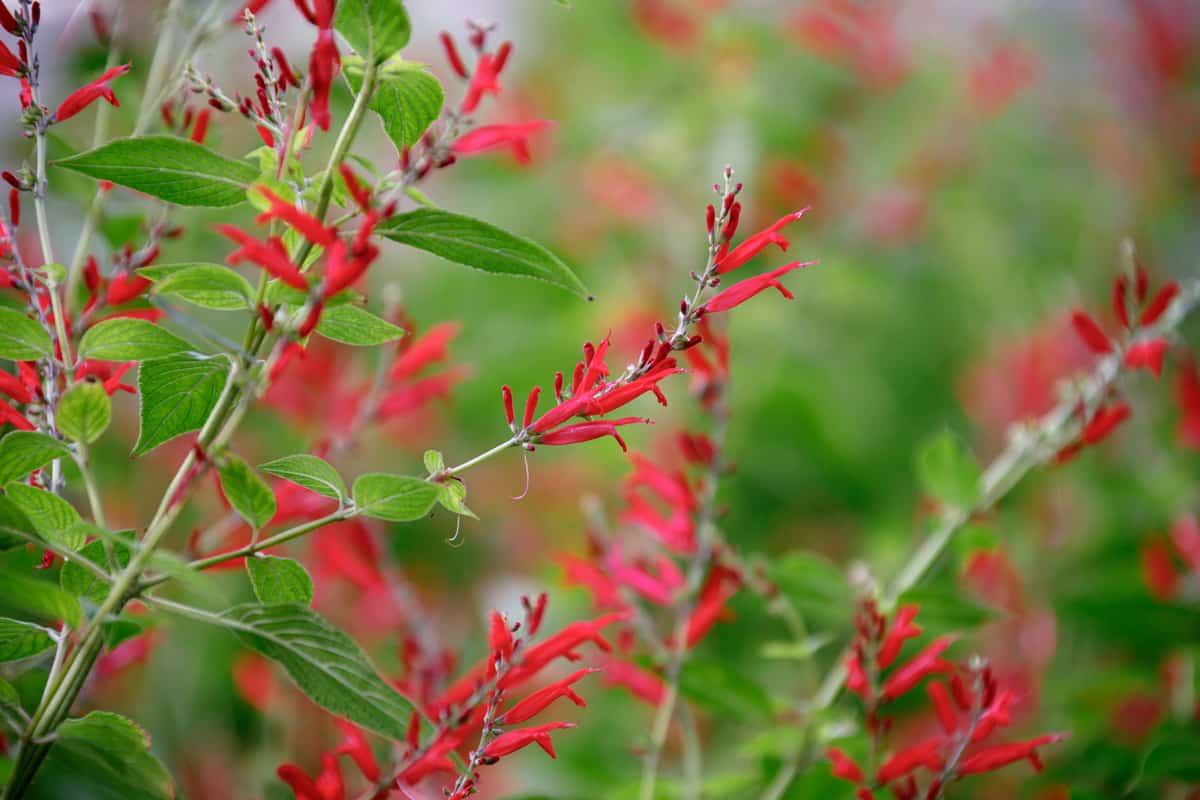
Purple salvia (Salvia farinacea) is another good choice, as its blue-violet flowers are rich in nectar and attract a wide range of pollinators.

Lantana (Lantana camara) is also a good option, as its brightly colored flowers are irresistible to butterflies.

Finally, swamp milkweed (Asclepias incarnata) is an excellent choice for anyone hoping to attract monarch butterflies. The plant's deep roots make it tolerant of wet conditions.
Final Thoughts
Butterfly bushes are a great addition to any garden. They come in a variety of colors, and they can be used as both a hedge or border plant. Butterfly bushes grow quickly, so you’ll want to make sure you have plenty of space for them.
To get more tips on your garden maintenance, see our posts below:
What To Plant Under Burning Bush



